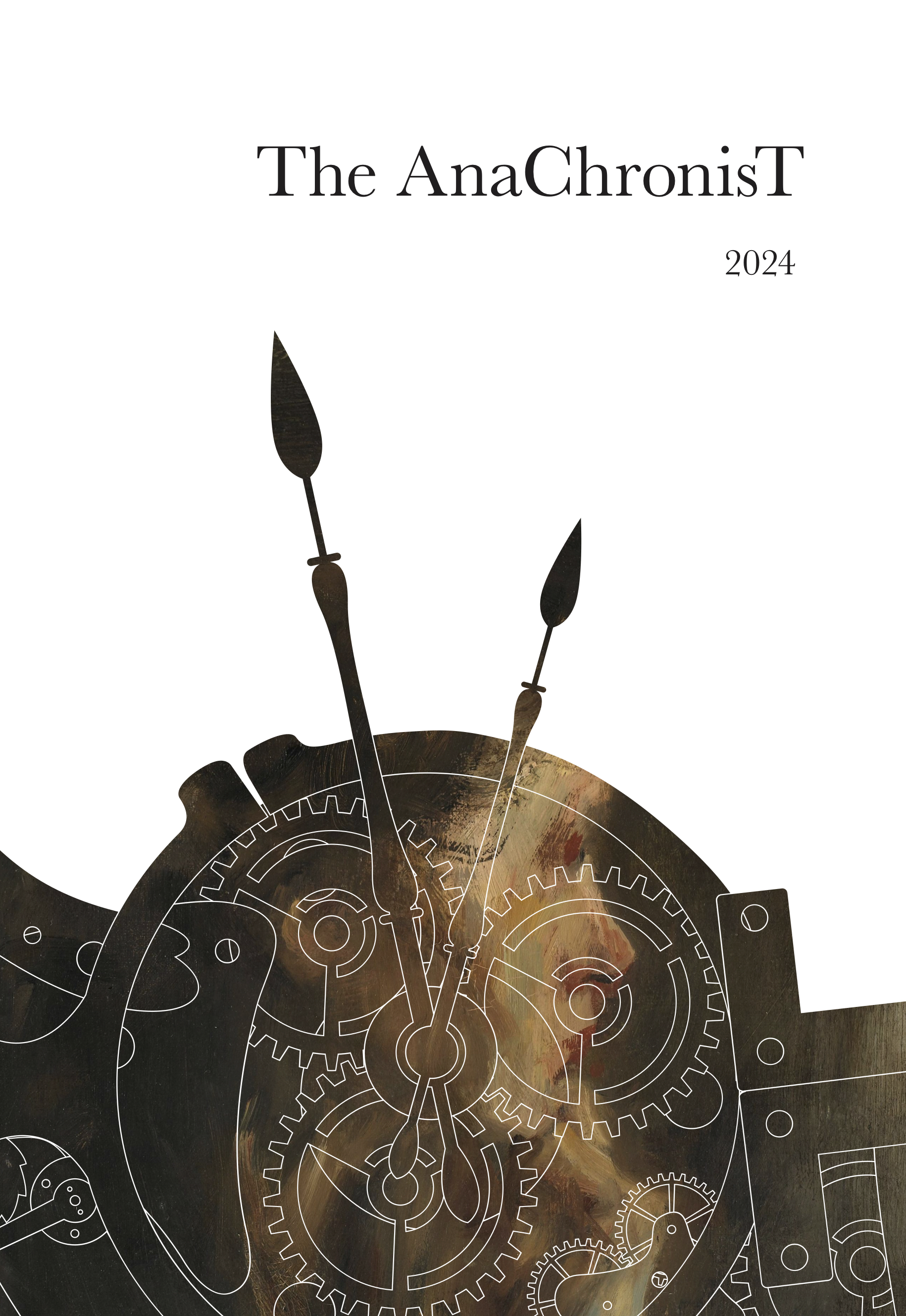Non(sense)-Places
Non-Places in Edward Lear’s Limericks
DOI:
https://doi.org/10.53720/AZVF6236Keywords:
Edward Lear, nonsense literature, Victorian literature, Marc Augé, non-place, spaceAbstract
Space as the locus of a game (“field”) has been a common metaphor in analysing Victorian nonsense literature: Elizabeth Sewell’s 1952 monograph incorporated it already in its title, The Field of Nonsense, while Susan Stewart’s study, Nonsense (1978), identifies discursive operations of nonsense-making “within a closed field.” However, little has been said about space as a motif (or topos) in the primary texts of nonsense. Although Gillian Beer in her 2016 book Alice in Space treats certain spatial aspects of Lewis Carroll’s Alice books, the spaces of Edward Lear’s limericks are yet to be explored. The paper attempts such an exploration by invoking anthropologist Marc Augé’s term “non-place” (non-lieu) from his 1992 study (first published in English in 1995 with the title Non-Places: An Introduction to Supermodernity). Augé describes a central part of what he calls supermodernity within the context of anthropology, a field apparently far away from my primary concern. Yet it is not difficult to recognise similarities between lonely spots of modern cityscape such as train stations, shopping malls, airplane cabins, or driver’s seats—and the places in Lear’s poems like the snippets of countryside in the limericks or the Great Gromboolian Plain. Augé’s analyses of excess of space (as well as time), especially space perceived in travel, and of places unconcerned with (social) relations, history, or identity, where solitude reigns, ring familiar when reading Lear’s limericks and nonsense songs. By incorporating the main qualities of the non-place, this paper offers an interpretive framework for Lear’s nonsense poetry that can be potentially extended to Victorian nonsense literature in general.

